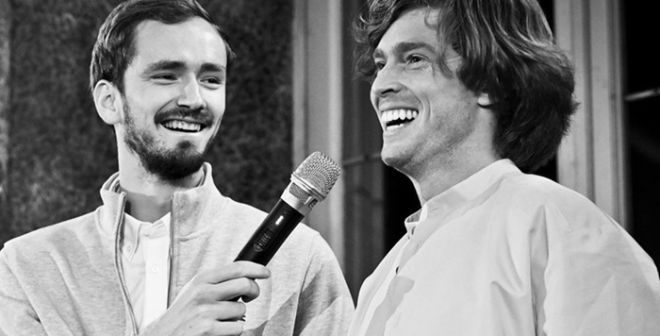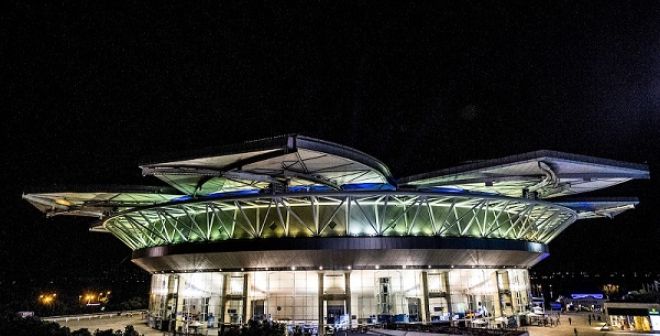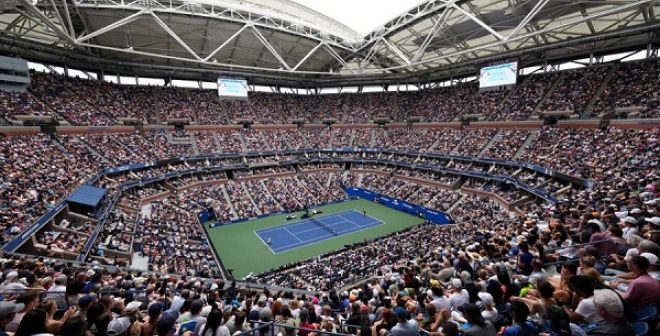With the opening of the clay-court season this week, the record holder for victories and tournaments won on the surface, Guillermo Vilas, reveals the secrets of the "brick dust" as it’s called in Argentina.
Rafael Nadal was still wearing nappies when Guillermo Vilas decided to hang up his racquet for the last time. And to this day, the Argentine is still the record holder for victories on this clay that the Spaniard loves so much, with 632 matches and 46 tournaments won on the red brick surface; a surface which is the training school of Albiceleste tennis. “In Argentina, there are almost exclusively clay courts, nobody plays on hard courts,” says Guillermo Vilas, indicating a synthetic court a little further away. “Look, there’s absolutely nobody, not even sunbathing,” he quips, before delivering the secrets of his domination on clay courts from 1973 to 1988: “I was always working the ball when I was hitting it, combining technique and strength”.
Tilden’s “Bible”
A shot of which he uncovered the mysteries from an early age: “My first tennis coach relied on a book by William Tilden (note: an American tennis player 1920s-1930s, author of the reference book" Match Play and the Spin of the Ball "), that nobody reads because it is very long... I’ve read it and I followed his precepts. He says in this book that champion of the future will be the one who will master the motion of the ball.” The Marplatense (from Mar del Plata) worked fervently, striving to tame the red dust as a no one before him: “The clay multiplies the motions, because as it sticks, it changes the trajectory of the ball at impact. Effects on clay are as important as in billiards. If you don’t master them, you can't win.” The best Argentine tennis player in history thus admits to have a slight preference for “back-spin, which is to hit the ball from top to bottom - the opposite of top-spin”.
Slides and American shoes
Besides the art of ball trajectory, “the most important thing on clay is knowing how to slide” swears the winner of Roland Garros in 1977, who was also runner-up in the tournament in 1975, 1978 (by Borg) and 1982 (by Wilander). “Nadal, Borg and I are big 'sliders': we know perfectly how to slide, brake and steer on clay, without getting carried away” says Guillermo Vilas now, a way to remember that he hits the ball every day of the week in the club named after him, in the upscale neighbourhood of Belgrano, north of Buenos Aires. According to him, if “Americans never win at Roland Garros” it’s because “they brake with their toes, while the best is to slow down by putting your foot sideways, a bit like skiing. If you run fast and you do not know how to stop, you end up in Canada...” In the late 1970s, manufacturers even thought they should take care of their champions: “Each surface requires specific shoes. At the time, we did not give too much importance to this kind of detail. Tennis was played relatively slowly. Borg, Connors and I played twice as fast. We had shoes designed especially for us, which gripped better”.
Built like Yannick Noah
The final ingredient: sweat. On clay, the body is severely tested: “You must be in excellent physical condition, because the clay makes you multiply sprints, stops, jumps. It is very tiring. Many muscles are called upon. I trained a lot with Borg, for hours at a time. Yannick Noah also had a good physical condition.” This vaunted trio delighted Roland Garros for two decades, making their opponents chew red dust. Nowadays there is but one player, or almost, to have this privilege…
By Florent Torchut, at Buenos Aires






